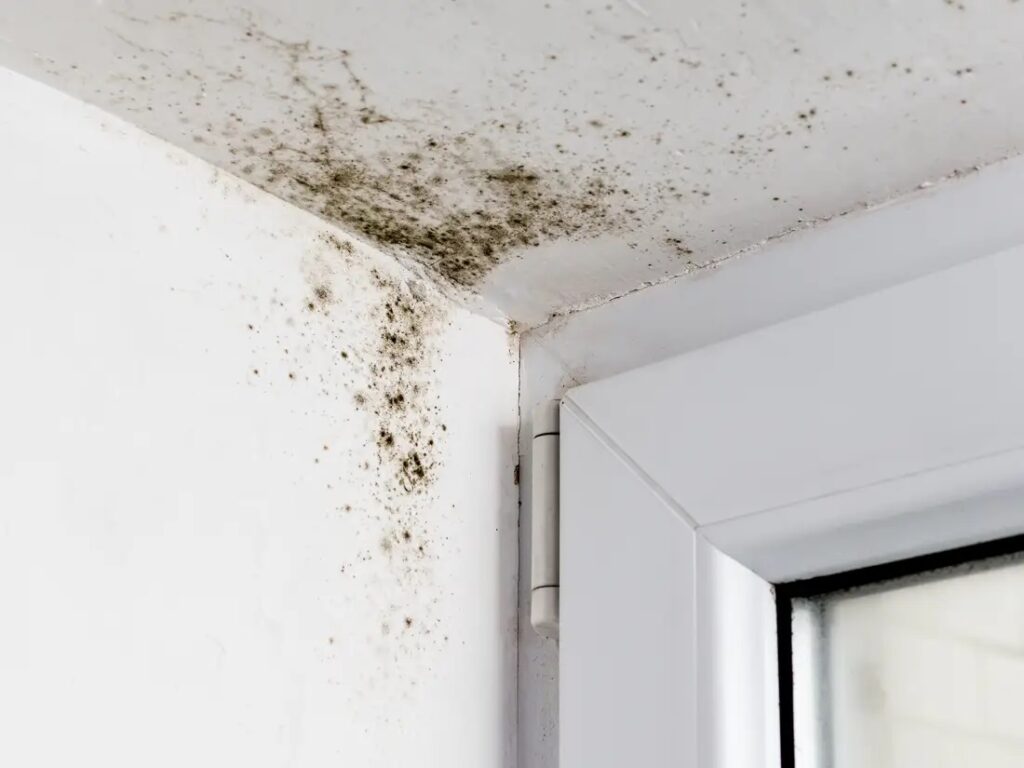While mold is located virtually anywhere you go and is not always damaging, there are certain sorts of mold and mildew or fungus that can position a serious wellness danger to you, as well as your household if they exist in your home.
- Stachybotrys
Generally described as “black mold,” Stachybotrys is amongst the most unsafe sorts of mold and can cause flu-like signs and symptoms, headaches, diarrhea, memory loss, as well as extreme respiratory damages. Since their lungs are still developing, children are at an even greater threat to health problems associated with exposure to black mold.
As its label recommends, black mold is dark in color, although it can additionally be deep green or grey. It typically has a really moldy or musty odor, as well as is located in very moist locations of houses, as well as various other buildings. After you notice any presence of black mold, make an urgent arrangement for black mold cleanup.
- Chaetomium
Chaetomium is most typically discovered in houses that have water damages, as it prospers in damp, dark atmospheres such as wallpaper, drywall, walls, as well as carpeting. This kind of mold resembles black mold and sometimes even shares the very same settings.
Together with general indications of allergic reactions such as red, watery eyes as well as problem breathing, chaetomium spores can additionally cause neurological damages and specific autoimmune conditions.
- Aspergillus
Although aspergillus spores exist in the air that a number of us breathe every day, this kind of mold is able to be harmful to individuals with compromised immune systems. Exposure to aspergillus might cause lung infections, allergies, and a specific kind of infection called aspergillosis.
- Penicillium
Like aspergillus, penicillium is plentiful in several everyday settings, yet if trapped inside your house, it can trigger asthmatic signs, bronchitis as well as other respiratory system troubles.
- Fusarium
It is a kind of mold which is most typically located in plant debris as well as dirt, although it can be also found in really damp areas inside your residence, such as inside drywall, underneath carpeting, or foam insulation, as well as in humidifier pans as well as HVAC systems.
Although rather uncommon, fusarium keratitis or eye infection can arise from direct contact with fusarium spores.

